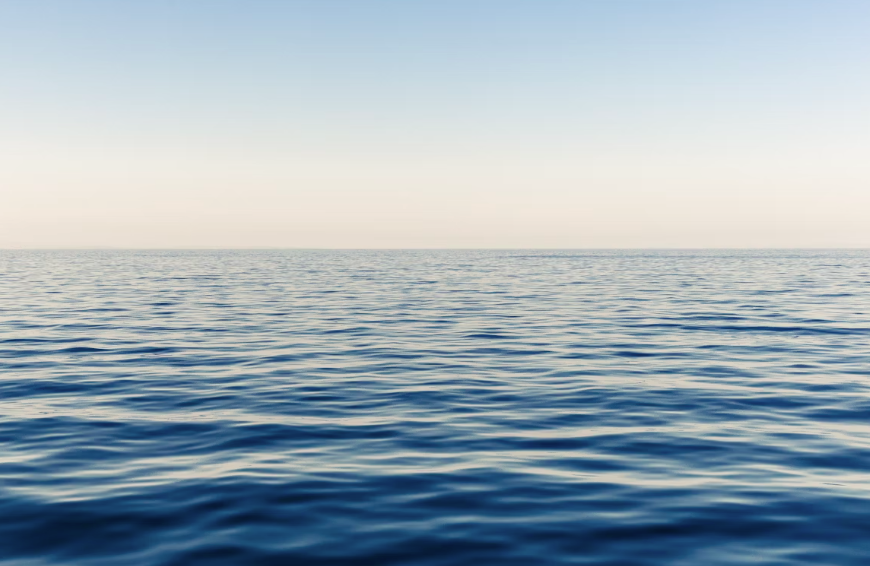

March 19, 2024
TEN YEARS AGO this month, Malaysia Airlines flight 370 disappeared during a routine flight between Kuala Lumpur and Beijing. The wreckage was never found.
There’s a solid chance the wreckage will never be found. That’s unfortunate, but there are clues to work with. And those clues have, over time, led me to believe that the plane was intentionally brought down by one of the pilots, most likely the captain, in an act of murder-suicide. It was ditched somewhere in the Indian Ocean — landed, if you will, on the surface of the sea — where it sank to to the bottom and rests today, undetected but mostly intact.
Early on, I was open to a number of theories popular at the time: fire, depressurization, and so on. Accidents. I’ve come around since then. My opinion is based on the evidence, both as it exists and, just as importantly, doesn’t exist.
If we assume an accident, we must also assume the plane crashed into the ocean. We know from electronic satellite “pings” that the jet continued on for some time after its last appearance on radar. Having suffered some catastrophic malfunction that rendered the crew dead or unconscious, the thinking goes, the plane continued on autopilot until running out of fuel, at which point the engines failed. Without pilots to control the glide, it plunged into the sea.

The problem with this idea is the absence of pieces. There is no way for a jetliner to crash “gently” into the ocean. A Boeing 777 in an out-of-control impact would have effectively disintegrated, producing tens of thousands of fragments: aircraft parts, human remains, luggage, and so on. Much of this debris would have sunk, but much would not have. Eventually, borne by currents, it would’ve washed up.
So why didn’t it?
A small number of pieces did come ashore, but that’s the thing: of the few parts recovered, almost all of them are consistent not with an out-of-control crash, but with a controlled and deliberate ditching. (Even the most textbook ditching at sea is going to cause serious damage and the likely shedding of parts.) The flaperon discovered in 2015 on Reunion Island, for example, and the trailing edge flap that washed up on Mauritius, both from the same wing.
The parts themselves are evidence enough; a thorough post-mortem on them reveals even more. The forensics are complicated, but they’re solid. Use your Google and check out the analysis by former Canadian crash investigator Larry Vance. These pieces tell a story.
For these particular parts to have been found, together with a complete absence of the myriad flotsam a full-on crash would have produced, is to me a smoking gun.
And thus, the biggest reason the submerged wreckage hasn’t been found is because the location of the search area has been based almost entirely on the fuel exhaustion theory. The search-zone calculations, extrapolating from the satellite pings, are based on when and where, approximately, the 777’s tanks would’ve run dry.

Except maybe the tanks didn’t run dry, and the plane went — was taken — somewhere else. What if that was the intent all along — to vanish?
Those pings are still important, and give us hints. Chances are the actual location of the wreckage isn’t far away. But it’s far enough away to have missed it.
I’ve been saying from the start that we should prepare for the possibility of the plane not being found. It happens this way sometimes. If it helps you feel better, the air crash annals contain numerous unsolved accidents. What makes this one different, maybe, is how we’ve come to expect easy and fast solutions to pretty much everything these days, with a fetishized belief that “technology,” whatever that means anymore, can answer any question and fix any problem.
Oh sure, radios, transponders, emergency locator transmitters, GPS, real-time position streaming, satellite tracking. But all of that is fallible, one way or another.
Sometimes nature wins. And that’s what this is about, ultimately: nature. The immensity of the ocean versus the comparative speck of a 777. It’s out there somewhere, in the ink-black darkness beneath thousands of feet of seawater. We’ll probably never find it.
Related Story:
THE RIDDLE MAY NOT BE DEEP
Photos courtesy of Unsplash.
Discover more from reviewer4you.com
Subscribe to get the latest posts to your email.


